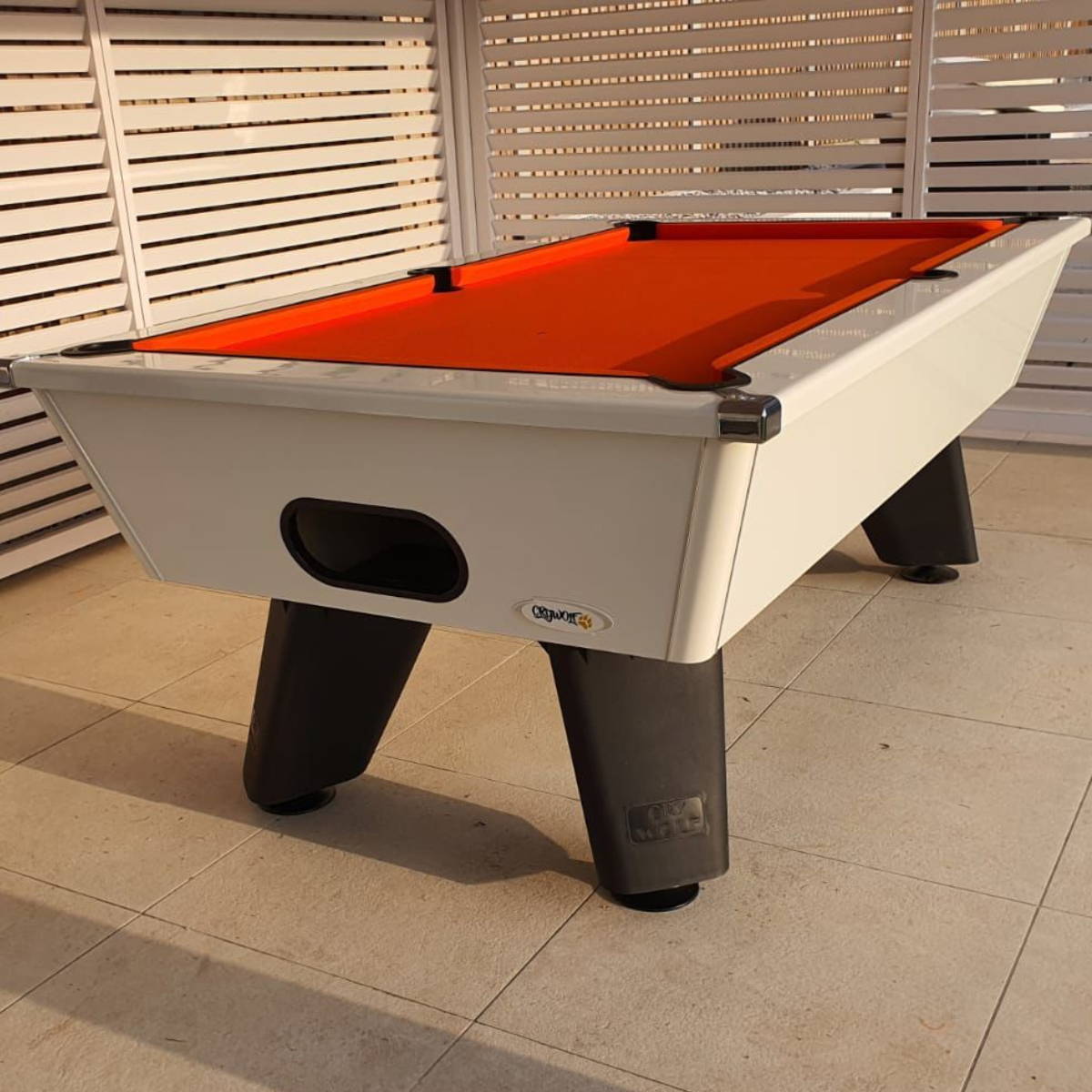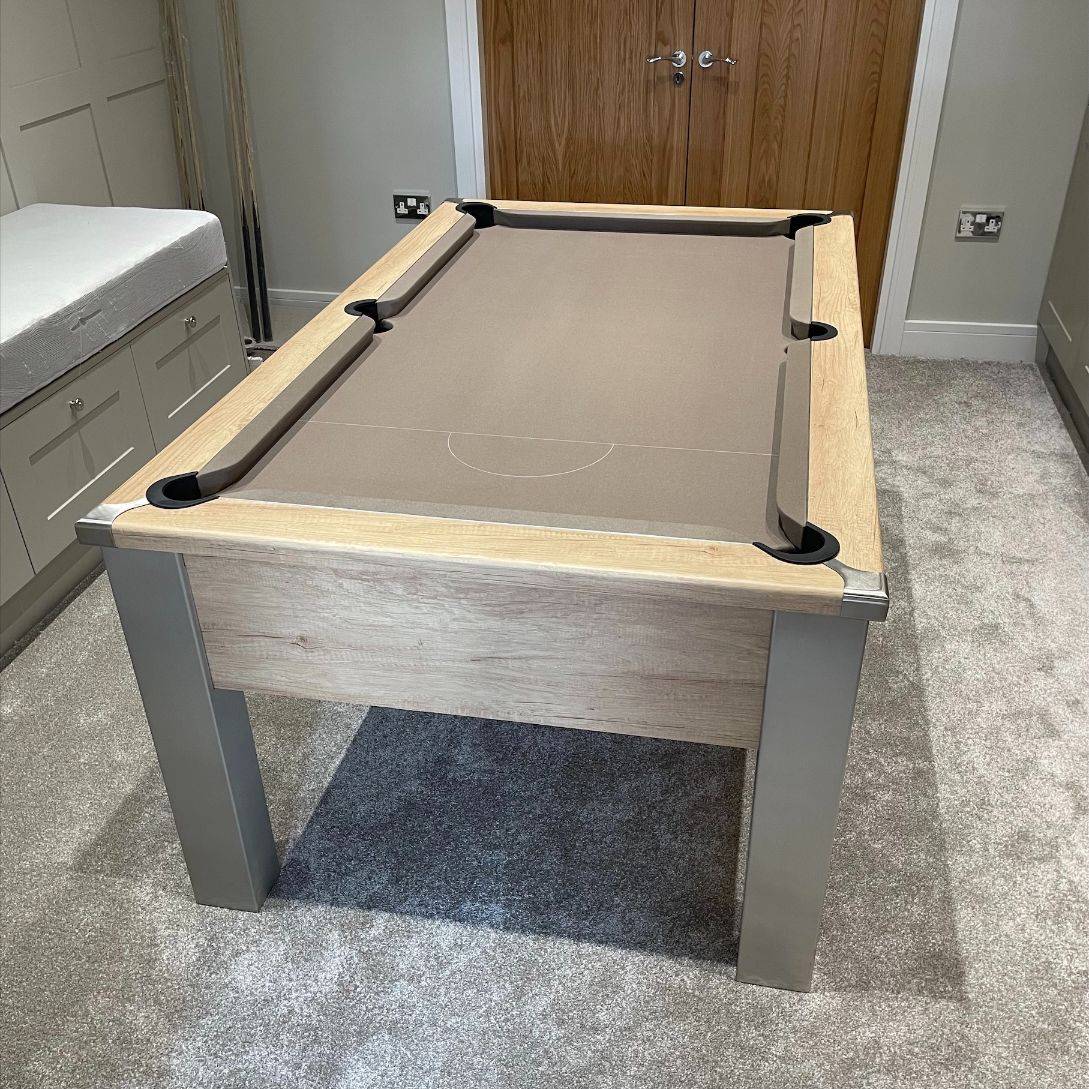How to Play Pool for Beginners
Pool, with its rich history and universal appeal, is a game that attracts players of all ages. As a beginner, the world of pool can seem daunting with its nuanced techniques and rules. This article will break down the basics of playing pool, guiding newcomers on their journey from novice to confident player.

1. Understanding the Game
Before diving into techniques, it's essential to understand the game's objective. Pool is played on a rectangular table covered in felt, with pockets at each corner and the mid-points of the longer sides. The primary goal is to pot balls into the pockets using a white cue ball.
There are different types of pool games, like 8-ball and 9-ball, but we'll focus on 8-ball, which is the most popular variant for beginners.
8-ball Pool:
- Objective: Players are assigned either the striped or solid-coloured balls. The first player to pot all their balls and then sink the 8-ball wins.
- Set-up: The balls are arranged in a triangle formation at one end of the table. The 8-ball sits in the centre, with stripes and solids alternating around it.
2. The Equipment
- Pool Table: Typically, it's a rectangular table with six pockets.
- Cue Stick: The tool you'll use to strike the cue ball. As a beginner, any straight cue will do, but as you progress, you might develop a preference.
- Balls: In 8-ball, there are 15 object balls – 7 striped, 7 solid, and the black 8-ball.
- Triangle Rack: Used to set up the balls at the beginning of the game.
- Chalk: Applied to the cue tip to increase friction and prevent miscues.
3. Basic Techniques
Grip
Hold the cue towards the back with a relaxed grip. Your grip shouldn't be too tight; think of holding a bird without crushing it or letting it fly away.
Stance
Stand with your dominant foot slightly forward, providing stability. Your non-dominant foot should be behind, roughly shoulder-width apart. Lean over the table, placing your chin above the cue.
Aiming
Align your dominant eye (the one you'd use to look through a telescope) with the cue and the target ball. Visualise a line from the cue ball to your target, aiming to strike the cue ball's centre for a straight shot.
The Stroke
With a smooth motion, pull the cue stick back and then push forward, striking the cue ball. Your grip hand should move like a pendulum, with the elbow as the pivot point.
4. Rules and Etiquette
While playing, you'll need to be aware of specific rules and some unwritten norms:
- Fouls: If you pot the cue ball or fail to hit any balls, it's a foul. This allows your opponent to place the cue ball anywhere on the table for their shot.
- Potting the 8-ball early: If you accidentally sink the 8-ball before you've potted all your balls, you lose the game.
- Etiquette: Avoid walking around the table when someone is taking a shot, and never offer advice unless it's sought. Respect for your opponent is paramount.

5. Strategies for Success
Planning Ahead
Don't just think about the current shot; always try to think one or two shots ahead. This foresight can help position the cue ball for subsequent moves.
Safety Plays
If you don't have a clear shot, sometimes the best strategy is to play defensively. This means hitting the ball in such a way that you make it difficult for your opponent to pot their balls.
Pacing
Pool is not a race. Take your time to size up each shot, especially as a beginner. As you gain confidence and experience, you'll develop a rhythm.
6. Practice Makes Perfect
Like any other skill, consistency and practice are key. Here are some ways to hone your skills:
- Solo Drills: Set up shots on the table and practice them. For example, line up balls in a row and try to pot them in succession.
- Play Regularly: The more you play, especially against varied opponents, the better you'll get.
- Watch and Learn: Watch professional players, either in person or on TV. You can learn a lot from their techniques and strategies.
7. Enjoy the Journey
While it's great to be competitive, remember to enjoy the learning process. The world of pool is filled with camaraderie, thrilling moments, and opportunities for continuous growth. Whether you're playing with friends at a local pub or participating in a local league, the key is to relish every moment on the green felt.
8. Understanding Spin and English
"Putting English" on the ball refers to the act of spinning the cue ball. This is achieved by striking it off-center. Different types of spins can be applied:
- Top Spin (Follow): By hitting the cue ball above its center, you can make it roll forward after contact with the target ball.
- Back Spin (Draw): Striking below center causes the cue ball to reverse its direction after hitting the target ball.
- Side Spin: Hitting the left or right side of the cue ball will make it spin in that direction, influencing its path after contact.
Understanding spin can be a game-changer as it allows players to have more control over the cue ball's position for the next shot.
9. The Break
The opening shot, or the break, is crucial. It sets the pace of the game. A powerful and well-aimed break can scatter the balls, making them easier to pot, while a weak break might cluster them together.
- Technique: For the break, you'll typically want to strike the cue ball slightly above center, ensuring a level cue and a firm, controlled stroke.
- Position: Many players prefer placing the cue ball close to one side rail for a better angle.
10. Bridging Techniques
The bridge is the hand position you use to support and guide the cue stick. There are various bridging methods:
- Open Bridge: Lay your hand flat on the table and spread your fingers, forming a V-shape with your thumb and index finger.
- Closed Bridge: Form a loop with your index finger and thumb, allowing the cue stick to glide through.
Your bridge can vary based on the shot's requirement, and mastering different bridges enhances flexibility in various game situations.

In Conclusion
Starting in the world of pool can seem overwhelming, but with patience, practice, and passion, even the most inexperienced player can find joy and success at the table. Remember, every professional was once a beginner. With the basics in hand and a world of experiences awaiting, your journey into the captivating world of pool is just beginning.
This comprehensive guide should now provide beginners with a solid understanding of how to approach the game of pool. Remember, every pound invested in learning and practicing now will reap rewards in skill and enjoyment later on!
Are you looking for a Pool Table? check out our pool tables range Pool Tables





